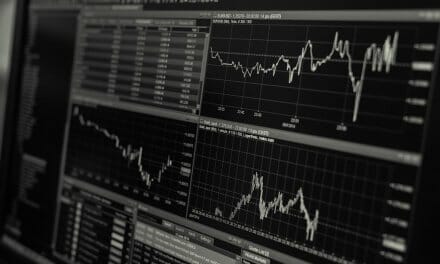Australia’s horse racing industry is one of the most lucrative in the world, generating more than $5 billion for the national economy annually. Its success in recent years has been powered by technology, with several elements of the racing sector undergoing massive changes as a result of digital innovations. With that in mind, we look at some of the key ways technology has improved Australian horse racing and how it may impact the sport in the future.
Betting Apps
The betting industry is an integral part of horse racing, with the revenues it pumps into the sport through sponsorship and levies helping to keep it afloat. Technology is central to how modern-day sports betting companies operate, with many brands primarily focusing their efforts on their online offering. As highlighted by BettingTop10, a comparison platform for online sportsbooks, some operators have gone a step further by creating standalone apps that cater solely for racing fans. That point is highlighted on this Vicbet review, which extols the virtues of a mobile app that exclusively offers racing odds on Australian and international meetings. This move has been welcomed by Australian horse racing fans, who have signed up in their droves to gain access to an app that focuses on the sport they love.
Track Design
The variable weather conditions in Australia historically made it difficult for racetracks to provide suitable ground conditions for horse racing. Prolonged exposure to sun made many courses too hard, while heavy rain would result in boggy conditions – at the extreme ends of the scale, many tracks were unsafe. However, technology has helped to transform the landscape, with tools such as ground-penetrating radar now an integral part of providing consistent surfaces for horses to race on. Irrigation systems backed by technology allow courses to distribute precise amounts of water, thus ensuring that hard surfaces can be suitably eased. Synthetic track surfaces have also become more commonplace in Australia, which significantly reduce the stress placed on horses when they are racing.
Biometric Sensors
The top horse racing stables have become increasingly reliant on technology in recent years as they strive to gain a competitive advantage over their rivals. Some yards use GPS technology to monitor their horses, with the system using a biometric sensor to measure movements and detect underlying issues. The StrideSAFE system was initially popularised in North America, but has since been adopted in numerous other nations worldwide. It collects data throughout the day to create a unique fingerprint for each horse, and has the power to flag up any abnormalities at an early stage. Supported by artificial intelligence (AI) technology, the system has had a significant impact in reducing the number of serious injuries suffered by racehorses.
Stress Protein Monitors
Proteomics International Laboratories subsidiary OxiDx recently patented finger prick technology that identifies oxidative stress protein biomarkers implicated in chronic diseases. The patent will allow the company to commercialise the technology for use in clinical trials, high performance athletes and the horse racing industry. The technology can detect subtle changes in protein structures to quantify oxidative stress – which is a direct indicator of a person’s or animal’s health and fitness. Oxidative stress is a direct indicator in more than 70 chronic health conditions, each of which can have a significant impact on athletic or equine performance. Developed by Proteomics International and the University of Western Australia, the technology will play an important part in keeping racehorses healthy in the future.















